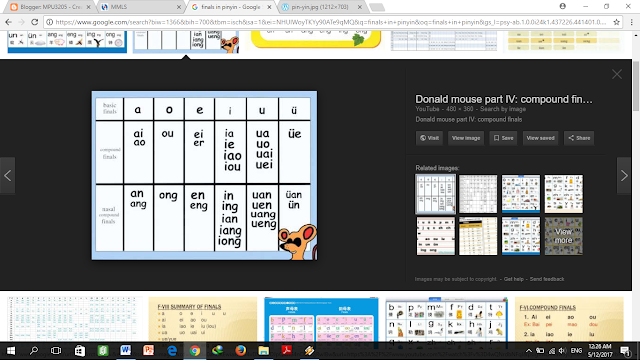Morning ( zaoshang 早上 )
- zaoshanghao 早上好 - good morning (early morning)
- zaoan 早安 - good morning (morning peace)
- shangwuhao 上午好 - good morning (late in the morning)
At noon (zhongwu 中午)
- zhongwuhao 中午好 - good afternoon (zhongwu-middle)
Afternoon (xiawu 下午)
- xiawuhao 下午好 - good afternoon
- wu an 午安 - good afternoon
Evening ( wanshang 晚上)
- wanshanghao 晚上好 - good evening
- wanan 晚安- good night
New words :
老师 Lǎoshī (teacher)
同学 Tóngxué (classmate)
再见 Zàijiàn (goodbye)
爸爸 Bàba (father)
妈妈 Māma(mother)
父母 Fumu (parents)
我 Wǒ (I)
你 Nǐ (you)
他/ 她 Tā (he)
我们 Wǒmen (we)
你们 Nǐmen (you guys)
他们/她们 Tāmen (they)
早上




















